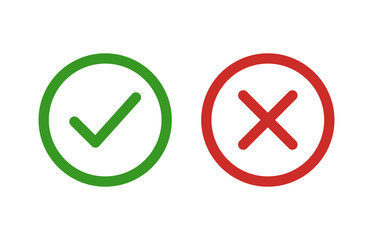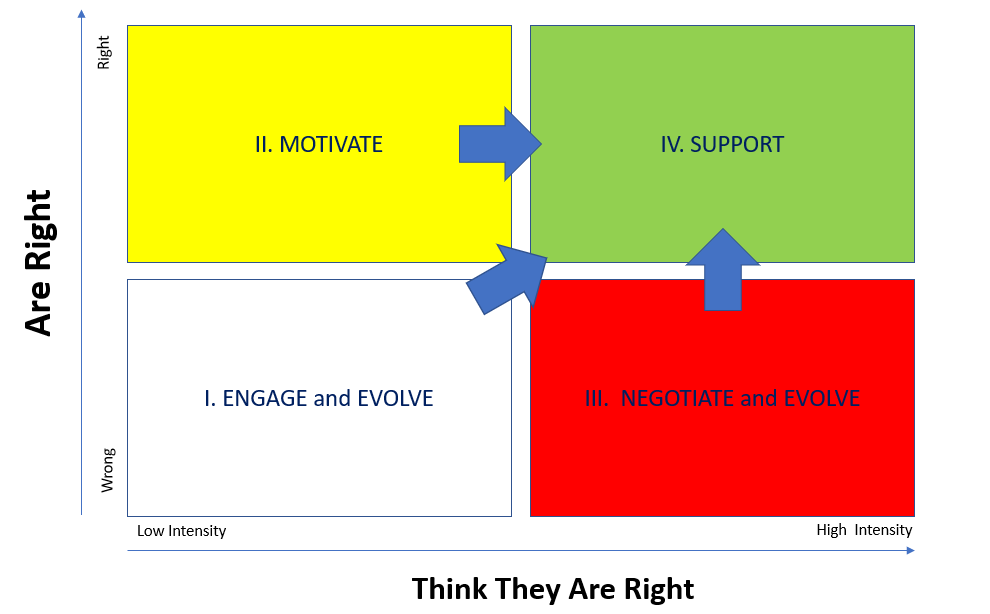A business leader in today’s complex business environment is facing challenges that are coming at  the speed of light. Never before in the history of business has there been this much change so quickly on the global stage. Many of the leaders I work with are on the brink of total exhaustion as a result of the 24/7 day that starts in Asia, migrates to Europe, and ends on the West Coast of the US.
the speed of light. Never before in the history of business has there been this much change so quickly on the global stage. Many of the leaders I work with are on the brink of total exhaustion as a result of the 24/7 day that starts in Asia, migrates to Europe, and ends on the West Coast of the US.
This week, I am working with a group of emerging global leaders to develop their business leadership skills that will enable them to work in this chaotic world. One of the tools that we are using for development is a business leadership simulation where teams of participants are running their own global company making all of the decisions ranging from setting strategy to executing that strategy through tactical and operational decisions.
As you can imagine, running a global company that has dozens of key decisions can create an interesting leadership dynamic to learn from. There is conflict, there are opinions, and there are opportunities to collaborate to figure things out in pursuit of success.
In the second year of a four-year business simulation exercise, I witnessed an interesting situation that prompted us to have a deep discussion about leadership and alignment. The discussion started around the concept I am now calling the Right-Wrong Conundrum.
The Right-Wrong Conundrum goes like this: If you are a leader working with others and you have the decision to make, the other people fall inside of the matrix of their level of being right and their level of intensity in terms of feeling right. The illustration below explains:

In the diagram, there are two primary axes: “Think They are Right” and “Are Right.” As leaders, we all know that sometimes there is a big difference between the two. On the “Think They are Right” axis we can measure this by the intensity of their beliefs. For example, the person you work with who has high intensity and belief in their position even though they are wrong. At the opposite end of that continuum is the person who has very little intensity to think they are right and basically doesn’t care either way. The other axis is the “Are Right” axis where the person in actuality is right and there are facts to substantiate it and back it up. Again, we as leaders know that’s not always possible, but when it is it makes the leadership process a little easier.
The matrix then presents four unique quadrants that can help leaders navigate the Right-Wrong conundrum.
I – Wrong / Low-Level Intensity Think They are Right
STRATEGY: Engage and Evolve
In this quadrant, the person you are working with is both wrong and doesn’t have an intensity about the issue or a belief if they are right. Your leadership strategy should be to engage with the person and evolve them to recognize their wrong at the same time you are motivating them.
II - Right / Low-Level Intensity Think They are Right
STRATEGY: Motivate
In this quadrant, the person you are working with is both right and doesn’t have an intensity about the issue or a belief if they are right. Your leadership strategy should be to motivate the person to have more intensity and pursue their position with more vigor and purpose.
III. - Wrong / High-Level Intensity Think They are Right
STRATEGY: Negotiate and Evolve
This is the hardest quadrant and the hardest type of person to work with in this situation. You have someone who is wrong, and they have a high-intensity belief they are right. They will argue and become emotionally challenging the fabric of your project or situation. And potentially your leadership. The only solution is to proactively negotiate and evolve the person’s beliefs. I think the only way that will work is to use facts and not opinions and let the person slowly evolve as it will not happen in an instant. This requires strong win-win negotiation skills and an ability to persuade opinion
IV - Right / High-Level Intensity Think They are Right
STRATEGY: Support
In this quadrant, the person you are working with is both right and has a high level of intensity about their belief they are right. Your leadership strategy should be to support this person to let them execute and finish the project or task. This is a great situation to lead and your role is to provide the resources needed to make things happen. The only small danger you need to look out for is how the intensity is coming across and whether is it being presented in a way that turns off the others on the team




